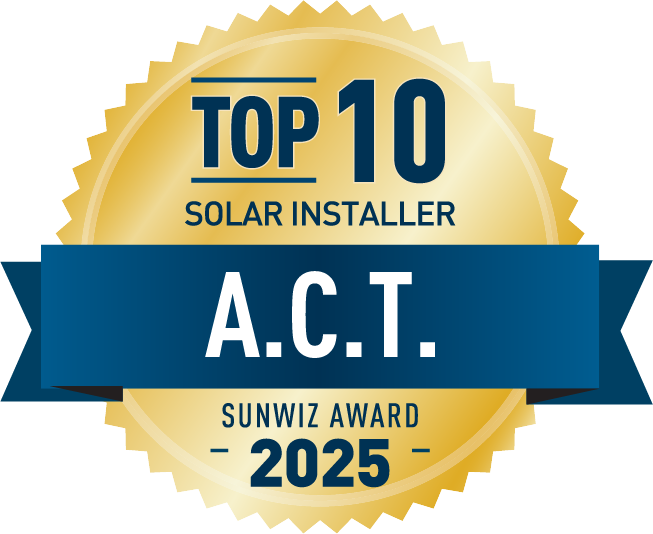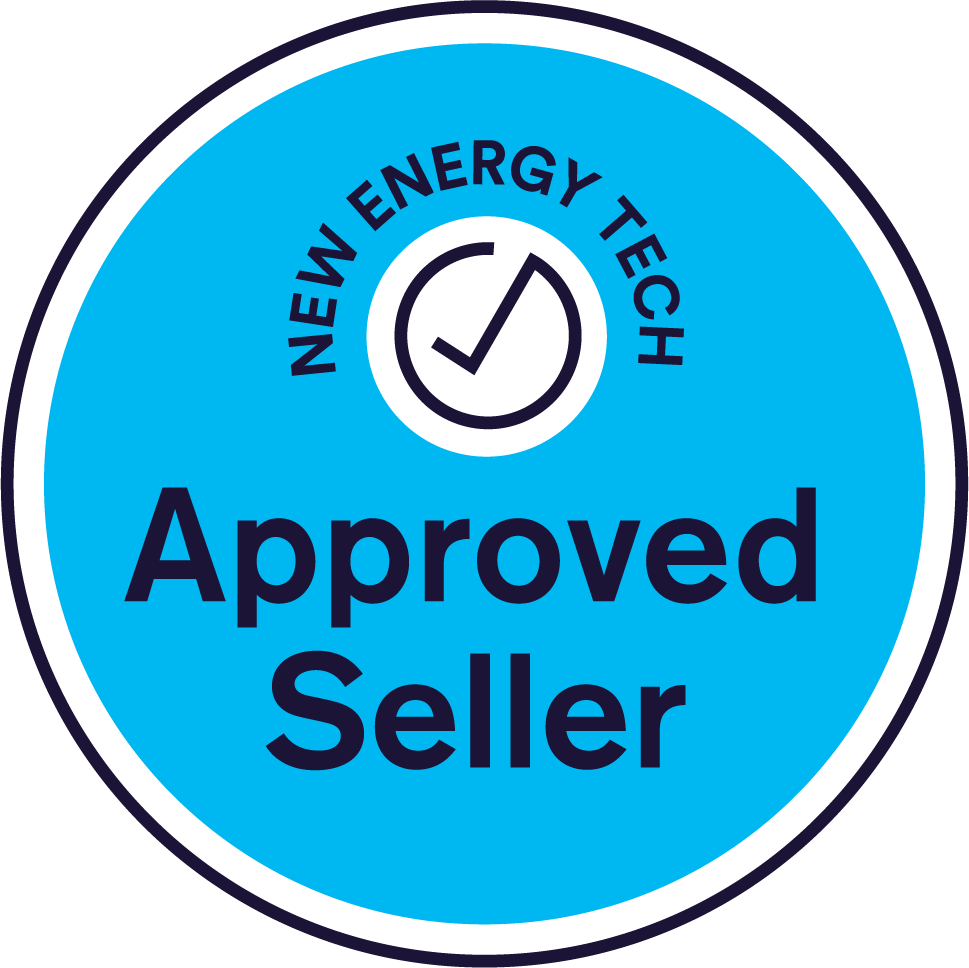Mono and poly solar panels differ in their ability to handle shading. Mono panels produce less power when shaded, while poly panels continue to generate power.
This makes poly panels a better choice in areas with frequent shading. When deciding between mono and poly solar panels, it is important to consider their performance under shading conditions. Shading occurs when objects like nearby trees or buildings cast shadows on the solar panels, reducing their exposure to sunlight.
In such situations, mono panels are more susceptible to power loss compared to poly panels. Mono panels are made of single crystal cells, which are highly efficient but prone to reduced output when shaded. On the other hand, poly panels, made of multiple crystal cells, are more tolerant of shading and can still generate power. So, if you live in an area prone to shading, poly panels would be a better choice. However, if shading is not a concern, mono panels offer higher efficiency and can be a preferred option.
Mono Solar Panels: Overcoming Shading Challenges
Mono solar panels are the ultimate solution for overcoming shading challenges in comparison to polycrystalline panels. With their advanced technology, mono panels efficiently generate solar energy even in partially shaded areas. Embrace the power of mono panels for reliable and uninterrupted solar energy production.
Poly Solar Panels: Dealing With Shading Limitations
Poly solar panels have gained popularity due to their cost-effectiveness and overall efficiency. However, they do come with certain limitations when it comes to shading conditions.
Limitations Of Poly Solar Panels In Shading Conditions
Shading can significantly impact the performance of poly solar panels. When even a small area of the panel is shaded, it affects the entire string or module. The shaded area experiences reduced current flow, decreasing the overall output of the system. Unlike monocrystalline panels, which are less affected by shading due to their individual cells, poly solar panels are connected in a series, making them more vulnerable to shading.
Strategies To Minimize Shading Effects On Poly Solar Panels
There are several strategies to mitigate shading effects on poly solar panels:
Innovative Approaches To Improve Shading Tolerance In Poly Solar Panels
Researchers and manufacturers are continuously developing innovative techniques to enhance shading tolerance in poly solar panels. These include integrating shade-tolerant materials into the panel's construction, utilizing specialized coatings, and even incorporating micro-structures to redirect and optimize light absorption.
Comparing Mono And Poly Solar Panel Performance In Shading
Mono and poly solar panels are two popular options for generating solar energy, but how do they perform under shading conditions? Let's compare their efficiency and performance in shaded conditions.
In conclusion, while shading can negatively impact the performance of both mono and poly solar panels, mono panels tend to have a slight advantage with better handling of shading conditions. However, it is essential to consider specific factors like shading type, temperature sensitivity, and system design for a comprehensive comparison. Real-world case studies demonstrate the varying impact of shading on mono and poly panels, highlighting the importance of optimizing system configurations.
Evaluating Cost Vs Performance Trade-offs
Cost differences between mono and poly solar panels:
The first consideration when comparing mono and poly solar panels is the cost. Mono solar panels tend to be more expensive than poly solar panels. This is mainly due to the difference in manufacturing processes and the higher efficiency of mono panels. However, the cost difference may vary depending on the specific brand and supplier.
When selecting solar panels for shaded areas, it is crucial to consider their performance in low-light conditions. Mono panels generally outperform poly panels in shaded areas as they are more efficient in capturing sunlight. However, poly panels can still be a viable option if the shading is minimal or intermittent.
Long-term benefits and drawbacks of each panel type:
Both mono and poly solar panels have their own long-term benefits and drawbacks. Mono panels offer higher efficiency and better performance in the long run, resulting in improved energy production and savings over time. On the other hand, poly panels are more affordable and can still provide adequate power generation for certain applications.
Expanding The Shading Tolerance Of Solar Panels
The shading tolerance of solar panels is an important aspect to consider when it comes to optimizing their performance. Solar panels are highly sensitive to shading, as even a small amount of shading can significantly impact the overall power output. However, emerging technologies are aiming to enhance the shading tolerance of solar panels, enabling them to perform better even in shaded conditions.
One of the key technologies being developed to improve shading tolerance is the use of bypass diodes. These diodes help to bypass the shaded areas of the solar panel, allowing the remaining unshaded cells to continue producing electricity. By effectively isolating the shaded cells, the overall performance of the solar panel can be improved.
Another technology being explored is the use of microinverters or power optimizers. These devices are installed on each individual solar panel, allowing them to work independently of each other. This means that even if one panel is shaded, the rest can continue functioning at their full capacity. By optimizing the power output of each panel, the overall performance of the solar system can be improved, even in shaded conditions.
Overall, the future prospects for improving solar panel performance in shaded conditions are promising. With the development of technologies like bypass diodes and microinverters, solar panels can become more resilient to shading, enabling them to generate power more effectively in various environmental conditions. As the solar industry continues to evolve, it is likely that we will see more innovations that further enhance the shading tolerance and overall performance of solar panels.
Shading Mitigation Techniques: Practical Solutions
Mono and poly solar panels can be affected by shading, which reduces their overall performance. To minimize shading on solar panels, there are several effective strategies that can be implemented. The following installation practices are recommended:
Moreover, there are several expert tips to maximize solar panel output in shaded areas:
1. Regularly trim or remove nearby vegetation that may create shading as it grows.
2. Utilize solar panel monitoring systems to identify and address any shading issues promptly.
3. Consider the shade patterns throughout the year and adjust panel placement accordingly to maintain optimal performance.
4. Opt for higher efficiency solar panels that can generate more power even when partially shaded.
By implementing these strategies and following expert recommendations, shading can be effectively minimized, allowing solar panels to reach their maximum potential and significantly improving overall energy output.
Frequently Asked Questions On Mono Vs Poly Solar Panels Shading
What Is The Difference Between Mono And Poly Solar Panels?
Mono solar panels are made from a single crystal structure, offering higher efficiency and better performance in low-light conditions. Poly solar panels are made from multiple smaller crystals, providing a lower cost option with slightly less efficiency.
How Does Shading Affect The Performance Of Solar Panels?
Shading on solar panels can significantly reduce their efficiency by blocking sunlight and creating hotspots. Even a small amount of shading can have a large impact on the overall output of the solar panels.
Can Solar Panels Still Generate Electricity Even If Shaded?
Yes, solar panels can still generate some electricity when they are partially shaded. However, the shaded area will produce less power, and it can also cause a decrease in the overall performance of the entire solar panel system.
Are Mono Or Poly Solar Panels More Resistant To Shading?
Generally, mono solar panels are more resistant to shading compared to poly solar panels. This is because mono panels have a more uniform surface and better bypass diode design, which allows them to handle shading conditions more effectively.
Conclusion
The shading issue is a crucial factor to consider when deciding between mono and poly solar panels. While monocrystalline panels perform better in low-light conditions, polycrystalline panels may offer a more cost-effective solution. Ultimately, the choice depends on your specific requirements and budget.
By understanding the differences between the two, you can make an informed decision that maximizes the efficiency and effectiveness of your solar panel system.
here...



